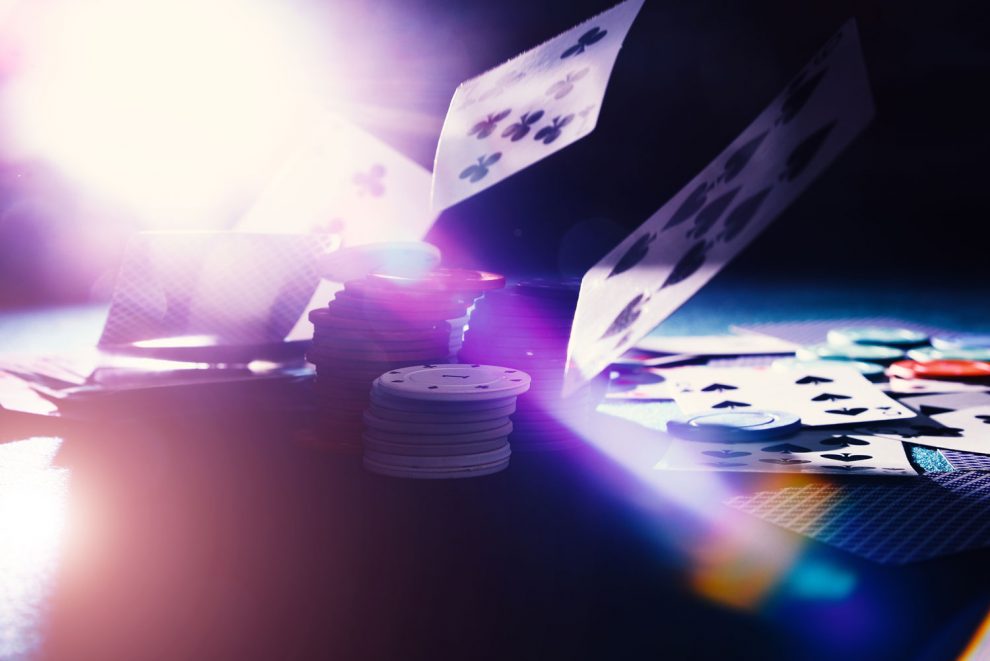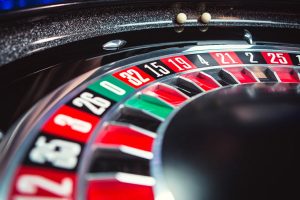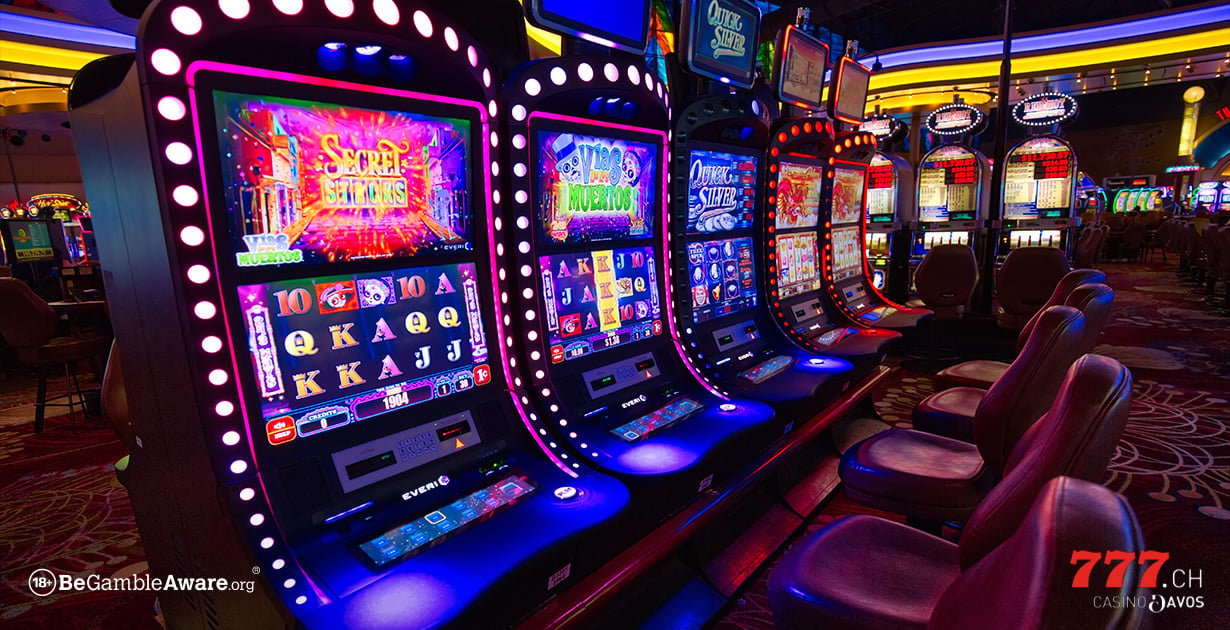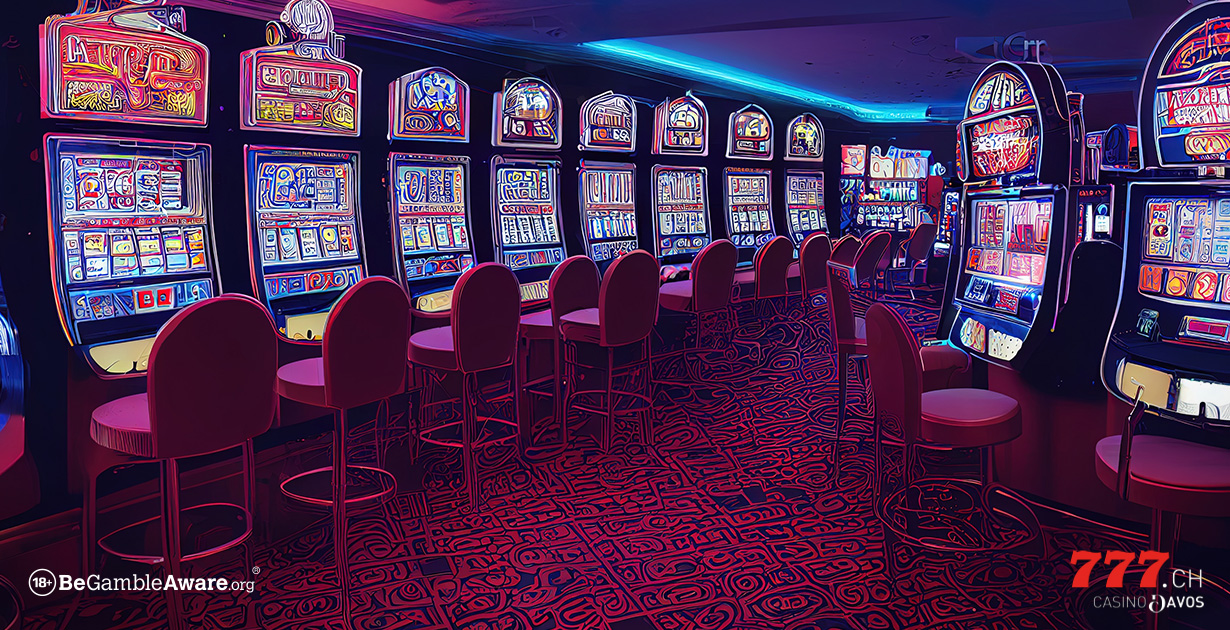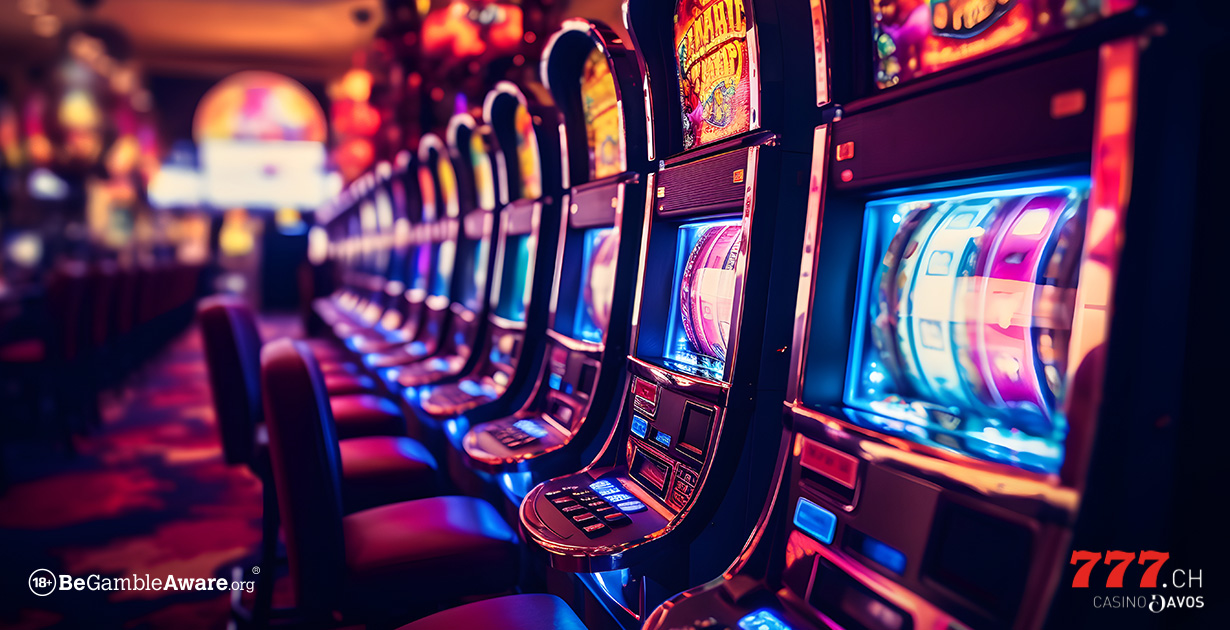In an earlier blog Black Jack was introduced to you. As mentioned, Black Jack is one of the most popular casino games ever. This is partly due to the simple rules and the very good payout rates, but also to the numerous variants. Today we would like to introduce you to a little-known type of Blackjack in Europe: How to play Blackjack Double Exposure?
Black Jack Double Exposure
How nice would it be to know the dealer’s first two cards in Black Jack? In Double Exposure this player’s dream comes true:
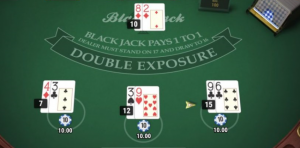
Rules of the game
The main difference to other Black Jack variants: After the dealer has dealt the second card face up to each player, he puts the second card face up on the table. Usually, the rules are the same as in Blackjack except that the player is dealt the second card face up:
- If there is a tie, the dealer wins, except in Blackjack.
- The player’s Black Jack is paid 1:1.
- The player may only share once.
- As with the “conservative” Blackjack games, there are different house rules, for example:
- Hit or Stay at soft 17
- Double after splitting
- Only double 9, 10 or 11.
Advantages for the player
The often very annoying, long consideration of the other players is omitted with card values of 17 or higher of the dealer. If the bank has e.g.: 18 the player buys with a hand of 18 or less. The second card face up makes it easier to double when there are 15 or 16 on the table. It is sometimes correct to split two tens. When played cleanly, Double Exposure is one of the best casino games.
Simple Black Jack Double Exposure Strategy
You’ve got a Hard Hand
- 5-7: pull against 4 to 13 and 17 to 20 double against 14,15,16 hard and pull against 12 to 16 soft
- 8: pull against 4 to 11 and 17 to 20 double against 12 to 16 and pull against 12 to 16 soft
- 9: moves against 4, 7 to 11 and 17 to 20 double against 12 to 16 and moves against 12 to 16 soft
- 10: Move against 9 to 11 and 17 to 20 double against 4 to 8 and 12 to 16 move against 12,13 and double. 14 to 16 soft
- 11: pull against 10, 11 and 17 to 20 double pull against 4 to 9 and 12 to 16 pull against 12 and double 13 to 16 soft
- 12-20: are never doubled and are always against 4 to 6
- 12: stands from 12 to 16 moves against 7 to 11 and 17 to 20 and stands at 16 and moves against 12 to 15 soft
- 13: stands from 12 to 16 draws against 7 to 11 and 17 to 20 and stands at 14,15,16 and draws against12,13 soft
- 14: stands from 11 to 16 moves against 7 to 10 and 17 to 20 and stands from 13 to 17 and moves against 12 soft
- 15-20: standing against 12 to 16 soft
- 15: stands at 10 to 16 draws against 7 to 9 and 17 to 20
- 16: stands at 8 to 16 draws against 7 and 17 to 20
- 17: stands at 4 to 16 moves against 17 to 20
- 18: stands at 4 to 17 moves against 18 to 20
- 19: stands at 4 to 18 moves against 19,20
- 20: stands at 4 to 19 moves against 20
You have a soft hand
If you have a soft hand, there are four major differences in your strategy:
- Against hard 12 to 16 of the bank, you double soft 12 to 20.
- Against hard 4 to 11, 15 are doubled against 6, and 16 to 18 against 5 and 6.
- Against hard 7 to 11 of the bank you draw with soft 13 to 17, with soft 18 against 8 to 11
- Against soft 12 to 16 of the bank you draw with soft 13 to 17, with soft 18 against 12 to 15
Couples: Share / Double
- A,A: pulls against 11 and 17 to 20 hard and divides 4 to 11 and 12 to 16 hard and12 to 16 soft
- 10,10: moves against 20 and splits ! against 13 to 16 otherwise it is moved
- 5.5: moves against 9 to 11 and 17 to 20 hard, 12.13 soft, double against 4 to 8 and 12 to 16 (against 16 if doubling is allowed after splitting, otherwise double) hard and 14 to 16 soft
The other pairs usually divide against 4 to 6 and 12 to 16 hard and 2.2, until 6.6 moves against 12 to 16 soft, 7.7 to 9.9 is mostly against 12 to 16 soft. If you want to read the exact strategy, you can write to us. Of course your drawing behavior will change if the bank with soft 17 still buys – but that would go beyond the scope of this blog.
What is the attraction of Black Jack Double Exposure?
Knowing the dealer’s score and the resulting “desperate actions” e.g.: 20 against 20 of the bank takes a card, unexpected winning situations arise, if in this case the ace is drawn for the player. Many annoying and long considerations of insecure fellow players are omitted, because the drawing behavior is predetermined from a card value of 17 or more of the bank. Especially for players who play a lot of Black Jack, this is often a welcome change. This variant was developed by Richard Epstein, a well-known game theorist, and was first played in Las Vegas in 1979. Since then, Double Exposure – also known as a two card game – has enjoyed unbroken popularity.
In the next blog the differences between the Black Jack game with and without hole card of the dealer will be explained – stay excited!
In the meantime, Casino777.ch has several Black Jack variations.

